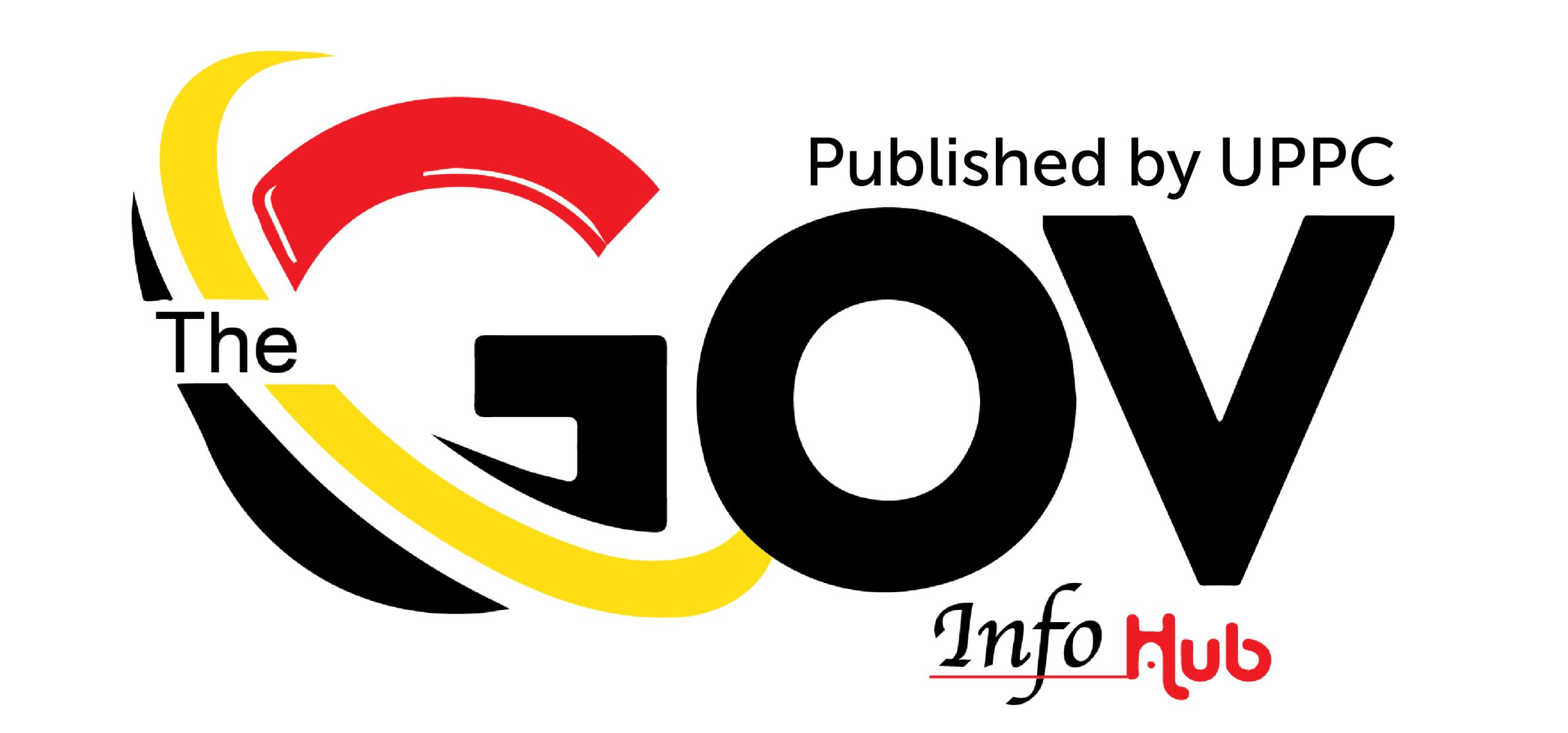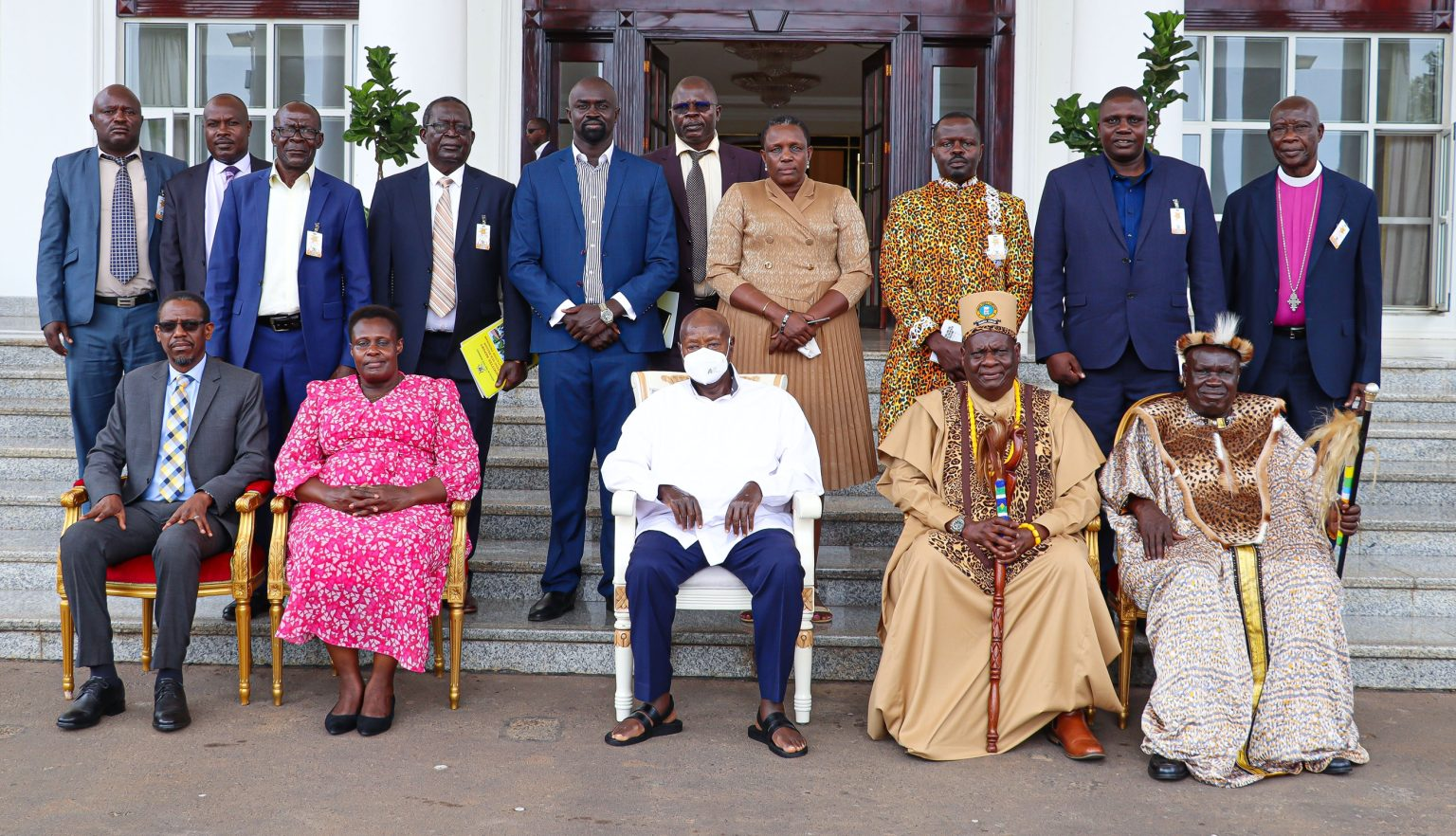By: Boy Fidel Leon
President Museveni has given his blessing to a revamped cattle compensation scheme for Teso, endorsing a uniform plan of five cows per household after receiving recommendations from Vice President Jessica Alupo’s consultation team.
“I’m very happy with the substance of this report because it’s more realistic, all-inclusive, and transformative,” Museveni said at State House on September 17. “The other format was wasting resources and excluding many people.”
The numbers are straightforward: five cows for each of Teso’s estimated 489,000 households across 12 districts. At current prices of 1.5 to 2 million shillings per good female cow, that’s potentially 10 million shillings worth of livestock per family, or cash equivalent managed at sub-county level.
But simple plans meet complex realities. Museveni acknowledged the challenge of polygamous households, suggesting a phased approach: “Each male-headed unit gets their share first. Once cows multiply, those families become agents of change, and the cows can be shared.”
This fresh approach comes after widespread dissatisfaction with the existing compensation program launched in March 2022 with a 200 billion shilling budget. Communities complained about middlemen capture and corruption undermining the original scheme.
During August consultations across northern Uganda, Museveni heard similar grievances repeatedly. His solution: get trusted local representatives to Kampala to hammer out a better framework “once and for all.”
The consultation process involved traditional authorities including Emorimor Paul Sande Emolot and Kumam cultural leader Papa Kumam Raphael Otaya. Their involvement reflects Museveni’s strategy of working through established community structures rather than imposing solutions from above.
Vice President Alupo reported unanimous support across Teso for the uniform restocking approach, with residents viewing it as part of broader poverty-fighting efforts rather than standalone compensation.
The meeting also addressed Balaalo herder presence in Teso territory. Museveni was direct: “They should go. I solved this problem long ago. They have no good reason to stay in those areas illegally.”
Any future herder movement, he added, must follow proper legal procedures ensuring community safety and harmony.
While the consultation process appears comprehensive, success depends on execution. Previous compensation efforts foundered on corruption and poor management, problems that won’t disappear simply because the approach changes.
The uniform five-cow formula addresses fairness concerns, but transparent delivery and effective monitoring remain crucial. Whether sub-county management proves more reliable than previous arrangements is yet to be tested.
Museveni consistently frames cattle compensation as an exceptional peace and reconciliation measure for war-affected regions, not standard government programming. The initiative targets communities that lost livestock during decades of insurgency and cattle raids.
He indicated that the cabinet will discuss the Teso recommendations while considering input from Lango and Acholi. Districts like Butebo and Pallisa, which petitioned for inclusion, will be handled separately.
For Teso communities that suffered livestock losses during the conflict, this represents another chance at economic recovery. Whether five cows per household becomes a genuine transformation or another well-intentioned program that falls short depends on what happens after the cameras leave and the real work begins.
The consultation is done, the endorsement is given, and the promises are made. Now comes the hard part: delivering those cows to nearly half a million households without the corruption and inefficiency that plagued previous attempts.


